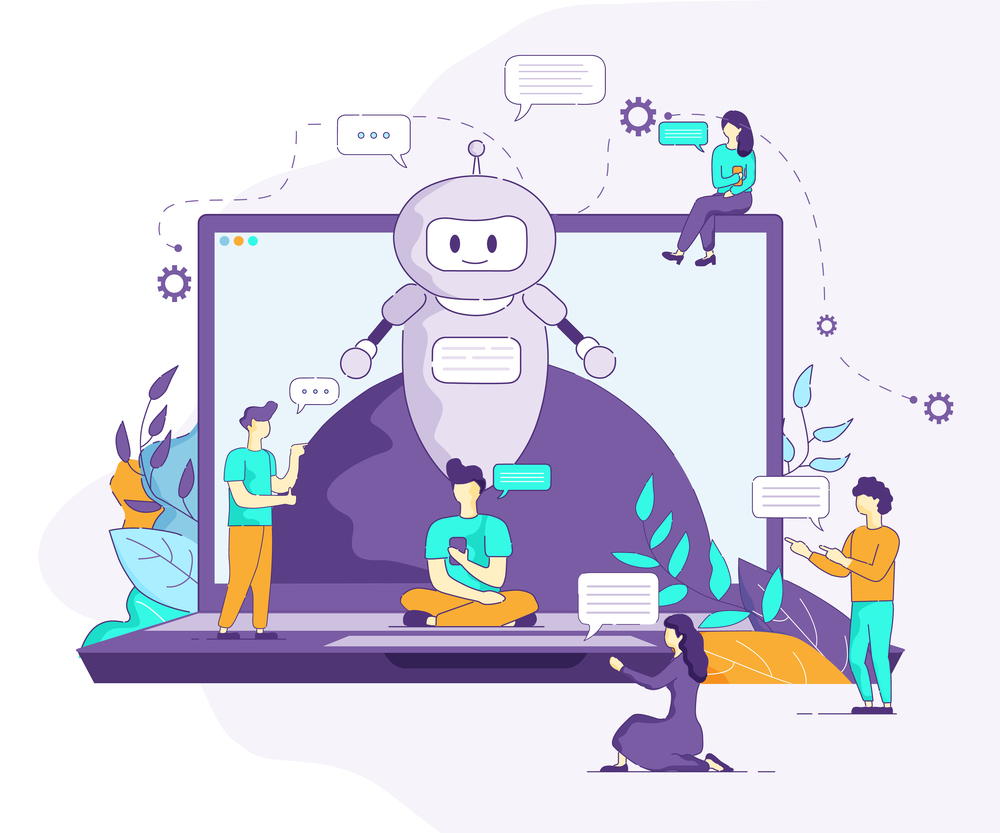
Chatbots are AI-driven conversational robots that leverage better user experience in any industry. Chatbots exploit Natural Language Processing, Machine Learning, and other AI technologies. They facilitate the way customers and contributors build solid relationships with one another. The main benefits of chatbots include reducing service costs and irritating employee workloads. With the power of AI, chatbots have faster access to user-friendly platforms. In addition, they convey their services via voice or text messaging comfortably.
Due to unprecedented changes during Covid-19, a lot of industries faced harsh situations. They had difficulties communicating with their customers, delivering emergency services, and being updated with the latest news around the clock. At that time, chatbots were introduced- they came in handy to perform urgent tasks effectively. They became the most valuable means to prevent client dissatisfaction in public sectors. So far, they have been employed in a wide range of industries worldwide.
Chatbots are mainly used in finance, B2B companies, healthcare, insurance, banking, etc. This is because they directly deal with every single query by customers.
Use cases in public sectors.
Along with private sectors, where chatbots augment the deployment of customers’ personal details such as passport reset, bank account information, and bank details, these conversational AI robots can also be employed in public services. In these sectors, chatbots exhibit 2 different services: rule-based approaches and machine learning-driven services.
Capabilities of rule-based robots include sticking to order-based questions, including FAQs, and immediate reply to services. In addition, these robots transfer customer requests with linked databases. These robots are usually called basic chatbots.
The latter chatbots make use of different AI enhancements, including ML, IA, and NLP. They convey user queries with streamlined, faster processes. Also, these chatbots leverage service recommendations and deal with personalized services with customers. These robots are usually called advanced robots.
Chatbots are 24/7 available for clients and improve user experiences. They connect people to public services via web applications, computers, and mobile phones, allowing them to solve pretty complicated issues. Once they come to the local host website owned by the government, chatbots communicate with them and solve their problems. The most exciting thing is that chatbots will not get tired like a human staff; these conversational AI tools can simultaneously deal with hundreds of open clients. As chatbots provide continuous repetitive services, employees will spend their time dealing with other important tasks.
Why does government employ chatbots?
The government needs as fully-trained services as the private sector does. Since hundreds of people visit their websites with urgent tasks, it sometimes seems intimidating managing to all of them simultaneously. As a consequence, better user feedbacks are subject to decline day by day. Users who experience indifference to low-quality services no longer trust these domains.
However, chatbots can change the way users experience complex tasks. With the aid of chatbots, everyday issues can be handled smoothly. These tools can reduce more wait times people face. Chatbots ease access so clients can connect with them anytime they wish. Chatbots serve in language dealing with every nationality.
The government will raise more public awareness by introducing chatbots. They help employees and clients enhance their know-how about public sectors. Moreover, chatbots can be developed by the public.
On a Last Note
Chatbots can be employed vastly in several public spheres to revamp government services. AI technology has seen a tremendous increase in creating innovative chatbots, and developers are still working to reach even higher levels. Many believe that these handy robots have a long way to go and should be spread to many more industries.